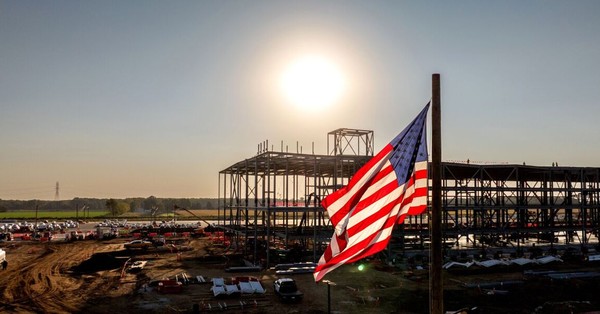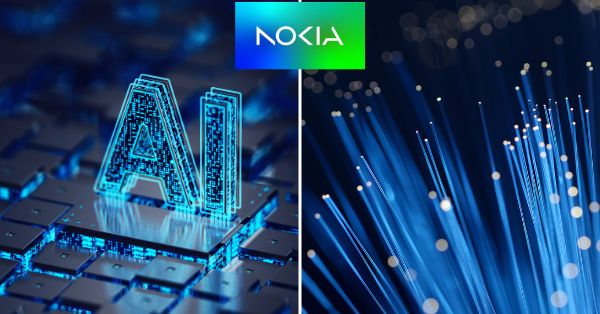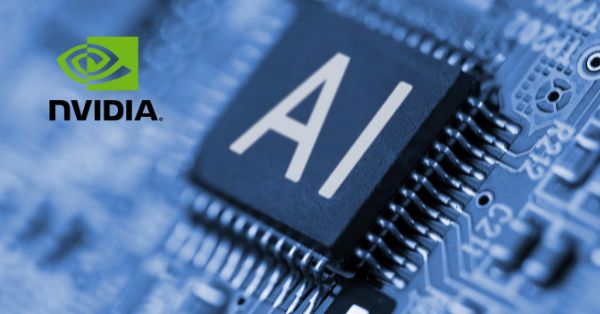AWS $50B federal AI/HPC expansion: scope and significance
Amazon Web Services plans a sweeping expansion of classified and government cloud capacity to accelerate AI and high‑performance computing for U.S. agencies.
Scale and timeline: nearly 1.3GW AI/HPC by 2026+
AWS will invest up to $50 billion starting in 2026 to deliver purpose‑built AI and HPC infrastructure for federal customers. The program targets nearly 1.3 gigawatts of additional compute, a scale more akin to utility planning than routine cloud expansion. This is framed as the first time a commercial provider will stand up AI/HPC infrastructure specifically engineered for U.S. government missions across classification levels.
GovCloud, Secret, Top Secret: where capacity lands
The buildout spans AWS Top Secret, AWS Secret, and AWS GovCloud (US) Regions. New data centers will integrate advanced compute and networking to support air‑gapped and multi‑level secure environments. The goal is to make AI services and supercomputing more accessible inside accredited regions rather than forcing agencies to rely on bespoke on‑prem or constrained environments.
Mission impact: AI and HPC for faster federal decisions
The expansion is designed to compress analysis timelines and enable AI‑assisted workflows across national security and civil missions.
Defense, cyber, science, civil: accelerated use cases
Defense and intelligence teams will be able to fuse satellite imagery, sensor streams, and historical patterns to detect threats and generate response options in near real time. Cyber operators can scale anomaly detection and automated response. Scientists can integrate simulation with AI to steer experiments dynamically. Civil agencies can unify fragmented supply chain, infrastructure, and environmental data for faster decisions in emergencies and planning.
Converging AI with HPC for explainable discovery
The operating model shifts from batch‑oriented supercomputing to AI‑accelerated discovery. Orchestrated models, agents, and natural‑language interfaces sit atop high‑fidelity simulations, giving researchers a conversational way to explore complex problems. This blends foundation models and domain‑specific solvers to improve both speed and explainability.
The stack: models, managed services, and accelerators
AWS is packaging managed AI services with multiple model choices and accelerator options inside compliant regions.
Bedrock, SageMaker, Nova, Claude and open models
Agencies will gain access to Amazon SageMaker for training and customization and Amazon Bedrock for serving models and agents at scale. Foundation model options include Amazon Nova, Anthropic Claude, and leading open‑weight models, providing a mix of proprietary, partner, and open choices to match mission, cost, and governance needs.
Trainium, Nvidia, high‑throughput fabric and storage
The platform will leverage AWS Trainium for training and Nvidia AI infrastructure for training and inference, giving programs a diversified silicon path. Expect high‑throughput networking, advanced fabrics, and storage optimized for large model training and geospatial workloads, integrated with controls required for air‑gapped and cross‑domain operations.
Policy alignment and competitive landscape
The initiative reinforces federal AI priorities and intensifies competition in secure cloud and classified regions.
Accreditation depth and fit with federal directives
AWS has spent more than a decade building government‑specific regions and controls, from GovCloud to Secret and Top Secret environments. The new investment aligns with federal directives to develop AI on secure, U.S.‑based infrastructure and should help agencies modernize without sacrificing compliance or data sovereignty.
Rivals vs. AWS in classified cloud and JWCC
Microsoft, Google, and Oracle also serve federal workloads, and all participate in the DoD’s JWCC procurement. AWS’s bet differentiates on scale, multi‑level security placement, and a silicon roadmap that mixes in‑house chips with Nvidia supply. The move pressures rivals to match capacity, model choice, and accreditation breadth in government regions.
Execution risks: power, supply chain, security, cost
Delivering 1.3 GW of AI and HPC capacity for classified workloads will test power, supply chains, and governance.
Power, cooling, siting and sustainability constraints
Gigawatt‑class growth collides with grid constraints, interconnection queues, and water usage concerns. Expect power purchase agreements, grid upgrades, and alternative cooling strategies to be decisive for timing and sustainability commitments.
GPU, optics and packaging supply constraints
Lead times for GPUs, advanced optics, transformers, and chip packaging remain tight. AWS’s use of Trainium can mitigate some constraints, but allocation of Nvidia systems and networking components will still be a pacing factor for delivery.
Isolation, cross‑domain, and model assurance
Operating at Secret and Top Secret levels demands rigorous isolation, cross‑domain solutions, and continuous monitoring. Agencies will need clear model provenance, red‑teaming, and guardrails to prevent data leakage and to meet requirements under federal security and risk frameworks.
FinOps, capacity planning, and TCO control
AI/HPC projects can overshoot budgets without strong FinOps, capacity reservations, and workload tuning. Agencies should clarify prioritization across programs, plan for reserved or dedicated capacity, and model total cost of ownership against mission outcomes.
Actions now for agencies, integrators, and telecom
Early planning will determine who captures the productivity gains when new regions and services come online.
Agency CIO priorities: data, ATO, MLOps, zero‑trust
Map top mission use cases to the new stack and identify data dependencies. Accelerate Authority to Operate pathways using repeatable landing zones. Stand up MLOps pipelines in GovCloud or classified regions with lineage, evaluation, and safety testing. Adopt zero‑trust patterns and data labeling so that models can safely access multi‑level datasets.
Integrators: refactor HPC, build agents, upskill on silicon
Refactor HPC codes to exploit accelerators and distributed training. Build agentic workflows on Bedrock with policy enforcement and human‑in‑the‑loop review. Create cost and performance reference architectures per classification level. Upskill teams on Trainium, Nvidia platforms, and secure ML toolchains.
Telecom/edge: align 5G, SATCOM, edge to GovCloud endpoints
Align private 5G, SATCOM, and edge compute with GovCloud and classified region endpoints to enable secure telemetry ingestion and low‑latency inference. Target spectrum analytics, ISR data triage, and network observability as early wins. Use AWS Outposts and Snow families for constrained or disconnected sites, and ensure compliance with federal security hardening baselines.
Bottom line: a generational bet on secure federal AI
AWS is making a generational bet that AI and HPC, delivered inside accredited government regions at massive scale, will redefine how federal missions operate.
If executed as stated, the buildout will compress decision cycles across defense, intelligence, cyber, science, and critical infrastructure. It raises the bar for secure cloud competitors and reorients procurement toward scalable AI platforms rather than bespoke systems. Agencies and contractors that prepare data, governance, and pipelines now will be first to convert the new capacity into mission advantage.








































